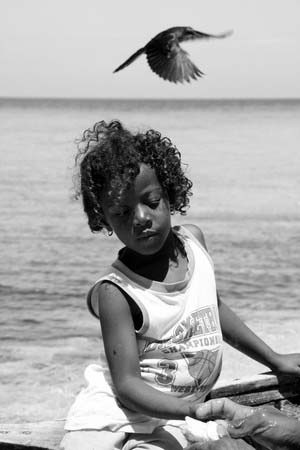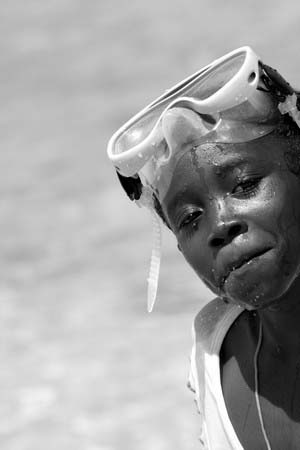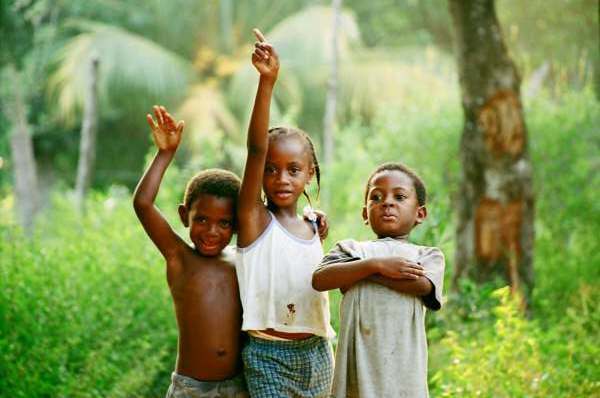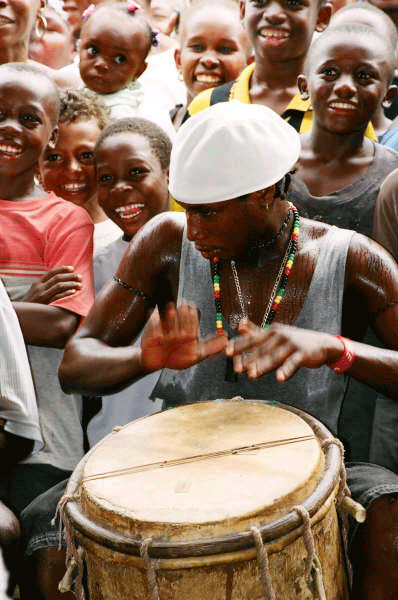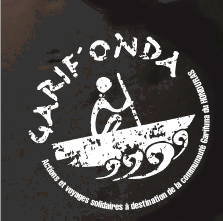
Coco Tours Honduras
Tela - Atlantida - Honduras
Telephone: + (504)33 35 45 99
Mail : contact @@@ cocotours.org
Facebook : CocoTours
GARIF ' ONDA HONDURAS
B. El Tigre - Tela - Atlantida
Honduras - C.A.
Telefono : (504)33354599
correo : contact @@@ cocotours.org
Facebook : Garifonda
GARIFONDA HONDURAS
B° El Centro - Tela
HONDURAS - C.A.
WhatsApp(504)33 35 45 99
@: contact @@@ cocotours.org
©2025 Honduras | Tel+(504)33354599 - contact@garifonda.org


















